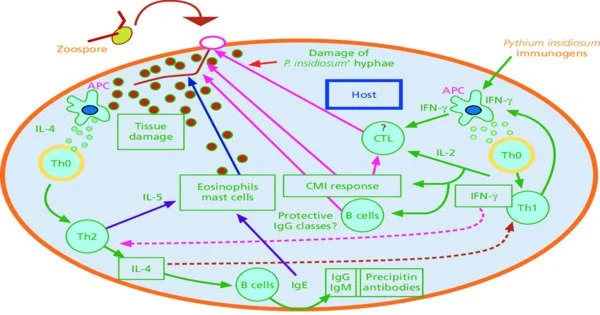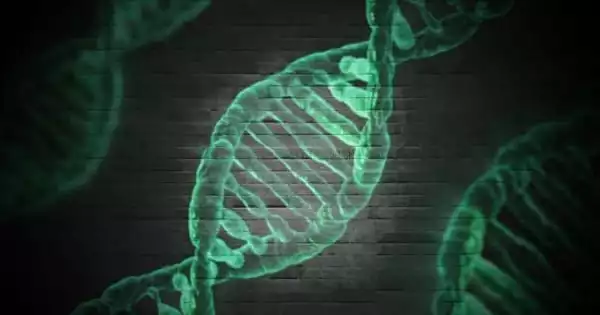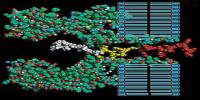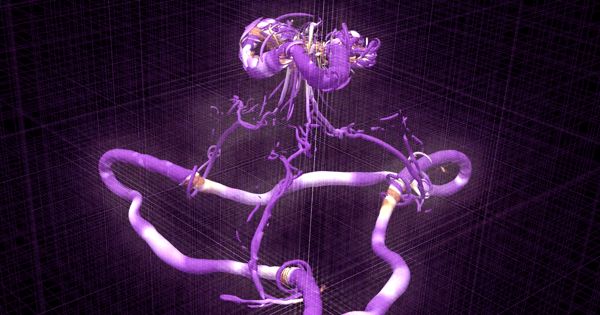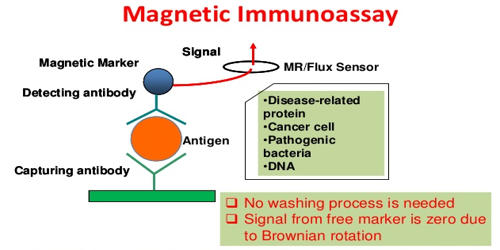Paracytophagy is the cellular process by which a cell engulfs a protrusion that extends from a neighboring cell. This protrusion may contain material that is actively transferred between cells. The process of paracytophagy was first described as a critical step during the cell-to-cell spread of the intracellular bacterial pathogen Listeria monocytogenes, and it is also commonly observed in Shigella flexneri.
Paracytophagy allows intracellular pathogens to spread directly from cell to cell, evading immune detection and destruction. The study of this process has greatly aided our understanding of the role of the actin cytoskeleton in eukaryotic cells.
Cells can exchange material via a variety of mechanisms, including the secretion of proteins, the release of extracellular vesicles such as exosomes or microvesicles, and the more direct engulfment of adjacent cell fragments. Filopodia-like protrusions or tunneling nanotubes directed toward neighboring cells in a culture of rat PC12 cells have been shown to facilitate organelle transport via transient membrane fusion in one example.
In another case, when bone marrow homing occurs, cells from the surrounding bone engulf bone marrow hematopoietic cells. Through membrane nanotubes, these osteoblasts make contact with hematopoietic stem progenitor cells, and pieces of the donor cells are transferred to various endocytic compartments of the target osteoblasts over time.
Trogocytosis, or the exchange of lipid rafts or membrane patches between immune cells, is a distinct process that can facilitate response to foreign stimuli. Exosomes have also been shown to deliver MHCII and co-stimulatory molecules for lymphocyte T activation, in addition to antigens for cross-presentation. It has been demonstrated in non-immune cells that mitochondria can be exchanged intercellularly to rescue metabolically non-viable cells lacking mitochondria. Cancer cells have also been shown to undergo mitochondrial transfer.
Listeria can invade cells such as monocytes and dendritic cells from infected endothelial cells in peripheral tissues via the paracytophagous mode of invasion. Listeria uses these phagocytic cells as vectors to spread throughout the nerves and reach tissues that are normally inaccessible to other bacterial pathogens. Infected leukocytes in the blood cross the blood-brain barrier and transport Listeria into the CNS, similar to how HIV does. Cell-to-cell spreading in the CNS causes associated damage, leading to brain encephalitis and bacterial meningitis. Listeria employs phagocytic leukocytes as a “Trojan Horse” in order to gain access to a broader range of target cells.
